Smoking cessation and nicotine replacement therapy
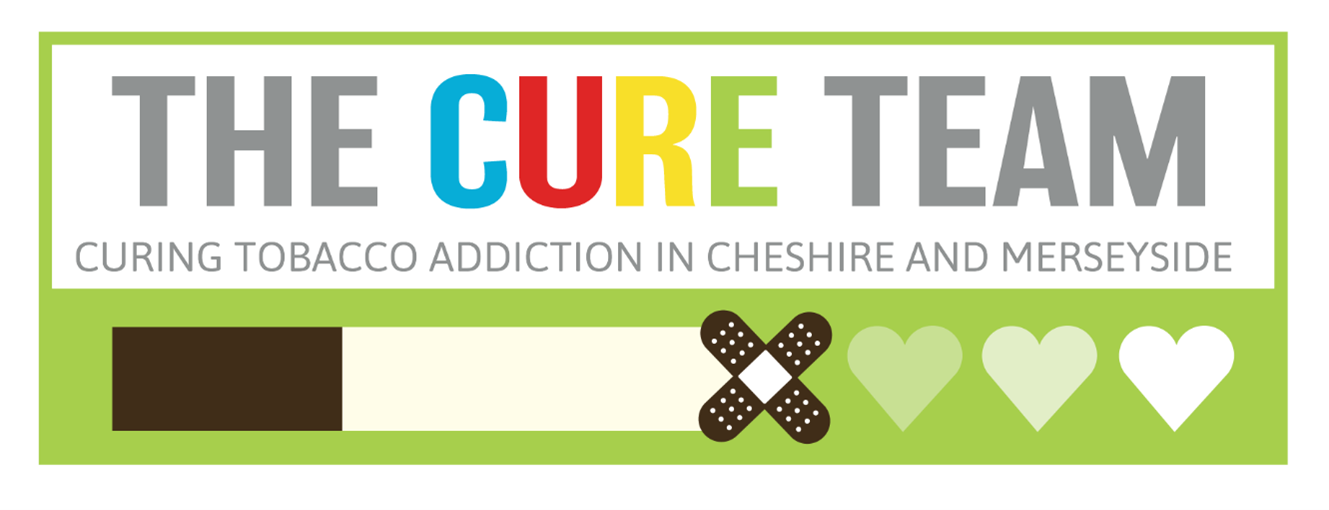
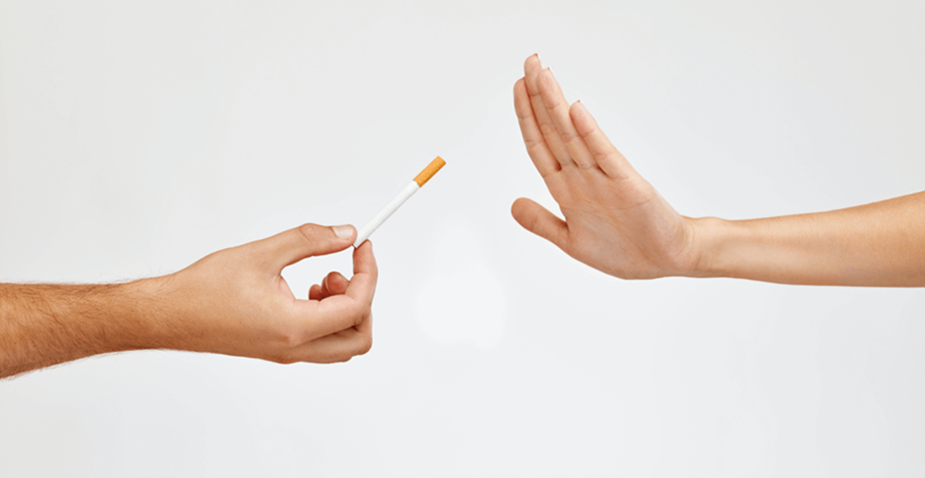
It's never too late to change
LUHFT are smoke free sites and smoking within the hospital buildings or hospital grounds is not permitted
![]()
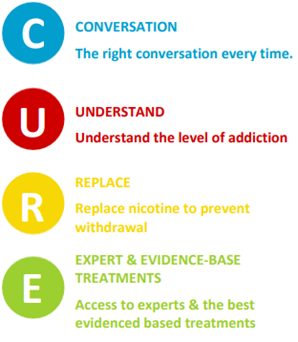
CURE is an acronym which describes our approach to smoking cessation as an acute treatment for inpatients to enable the change required to make a meaningful impact on health.
The CURE Team offers smoking advice, support, and treatment to hospital inpatients.
The service identifies active smokers upon admission, prescribe patient’s nicotine replacement therapy (NRT) and offer specialist support in managing nicotine dependence during the duration of their admission and post discharge.
Why is Smoking so Addictive and Harmful
- The addictive substance in tobacco smoke is nicotine
- Nicotine causes the release of relaxing and ‘feel good’ hormones in the brain
- Smoking tobacco delivers a fast and strong nicotine hit to the brain, causing a powerful addiction
- Without nicotine a smoker often feels negative feelings such as agitation, anger and anxiety and this can cause an intense craving for nicotine
- The cravings and addiction to nicotine become very powerful over years of smoking
Nicotine is a harmless drug but the way it is delivered through smoking tobacco is dangerous
When a cigarette burns, it releases a dangerous cocktail of over 5,000 different chemicals – many of which cause cancer
What is in a cigarette?
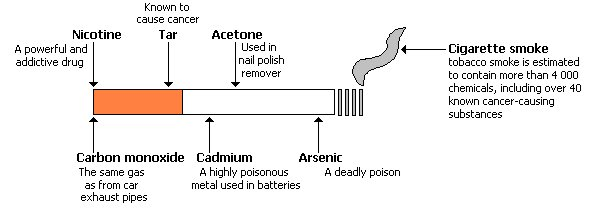
Tar- Once inhaled, smoke condenses and about 70% of the tar is deposited in the smokers’ lungs. Condensed tar is a sticky brown substance, which can stain smokers’ fingers and teeth that familiar yellow-brown.
Carbon monoxide- is an odourless, tasteless and poisonous gas, giving no warning of its presence in most circumstances. In large amounts it is rapidly fatal. Carbon monoxide cuts down the efficiency of smokers' breathing.
Formaldehyde – used as a preservative in science laboratories.
Chrominum – used to manufacture dye, paints and alloys.
Polycyclic Aromatic Hydrocarbons – a group of DNA damaging chemicals.
Benzene – an industrial solvent refined from crude oil.
Second Hand Smoke
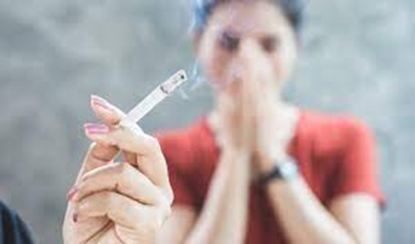
Secondhand smoke is smoke from the burning of tobacco products,such as cigarettes, pipes and cigars.
Secondhand smoke exposure happens when people breathe in smoke breathed out by burning tobacco products or people who smoke.
Brief exposure can cause serious health problems and be fatal. There is no safe level of exposure to second hand smoke.
What are the short term and long term benefits of stopping smoking?
- Improved mental health. Studies have shown that stopping smoking reduces anxiety and depression
- Helps the promotion of healing in the body after surgery
- Reduces the risk of infection, particulary lung infections
- Have more money. The average cost of a pack of 20 cigarettes is now £14.39.
In a month you would save £438 and in a year you would save £5255.95.
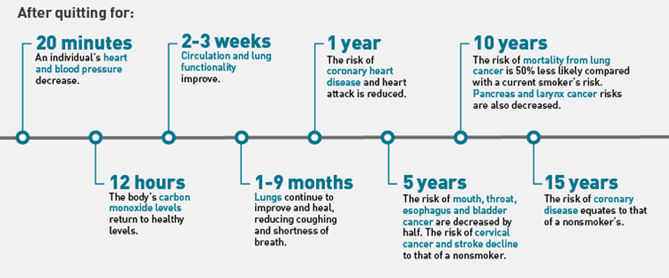
Is there help to become Smoke Free?
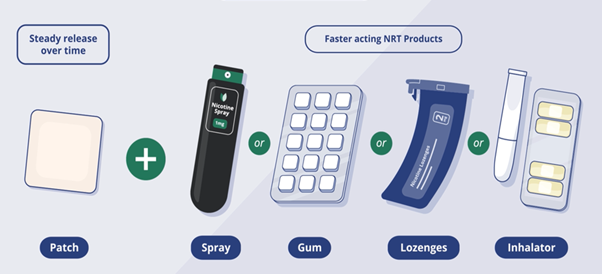
Nicotine Replacement Therapy (NRT)
- There are safe sources of nicotine available that can be given on prescription called nicotine replacement therapy
- NRT gives you a low level of nicotine without the harmful chemicals in tobacco smoke
- NRT can help reduce withdrawal effects experienced when first stopping smoking
- Adults and children aged 12 years old can use NRT, although under 18’s should seek advice from a Doctor before using the lozenges
- Pregnant and breastfeeding women can use NRT if it may help them quit
- Evidence has shown that a combination of NRT products is more effective than just one if someone smokes 10+ cigarettes per day
- This can be done using a slow release product and a faster acting product such as oral spray, inhalator or gum
- NRT can be given free or on prescription from your GP or local stop smoking service. It can also be bought over the counter or from a pharmacy
- Evidence has shown using NRT improves the chances of quitting smoking by 50%
- Nictoine is harmless and you cannot overdose on it
|
Nicotine Patches |
Comes in two different forms: 16 hour patch or 24 hour patch. Both have different strengths. |
|
Nicotine Oral Spray
|
This is sprayed at the side of the mouth or roof of the mouth. Roll around the mouth for 60 sec. Do not swallow. |
|
Nicotine chewing gum |
Different strengths. Chew gum to soften. When hot/firey taste, rest gum between cheek and gum area. Chew again when flavour is lost. Do not swallow. |
|
Nicotine Lozenge |
Suck then park inbetween cheek and gum until dissolved. Do not swallow. |
|
Nicotine Inhalator |
Puff on like a pipe with short puffs. Do not inhale like a cigarette. Nicotine is absorbed through the mouth lining. |
What will CURE Team offer me?
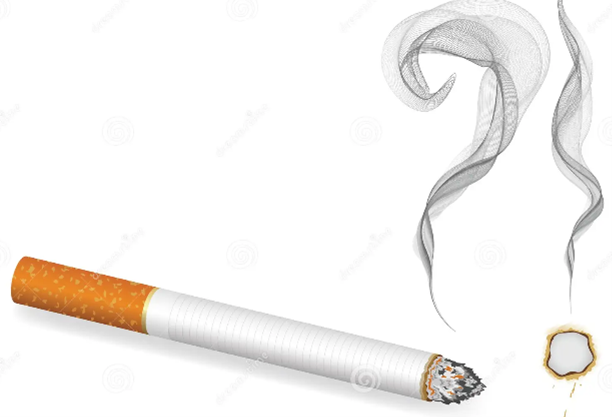
Support during hospital admission
- Offer all smokers a personalised treatment plan by a trained smoking cessation advisor
- Our advisors provide an opportunity to break down barriers by beginning a conversation that supports and encourages a gradual and managable change through the use of nicotine replacement therapy
- Offer smokers a range of nicotine replacement therapy products on admission to help alleviate nicotine cravings / withdrawals during their admission
Post discharge support
- Provide patients with 14 days supply of nicotine replacement therapy products on discharge
- Patients are offered ongoing support via telephone 7-10 days after discharge
- Patients are offered a prescription to obtain further nicotine replacement therapy products if requested.
Working with local service providers
- Patients who wish to remain engaged with the service, are offered 10-12 weeks ongoing support upon discharge
- This is achieved via phone, one to one or a group setting with local community providers in Liverpool, Sefton and Knowsley
- These community providers can continue to provide nicotine replacement therapy products and support so patient can continue a smoke-free lifestyle
- CURE Team also refer to community pharmacy smoking cessation services for patients who are more able to attend pharmacy and want to get help/advice when they collect their prescription.
Inpatient Survey

CURE Team
Tel: 0151 706 2205
https://www.liverpoolft.nhs.uk/lft-extranet/cure-team-smoking-cessation/
Smoke Free Sefton
Tel: 0300 100 1000
Text: ABL to 62277
www.smokefreesefton.co.uk
Smoke Free Liverpool
Tel: 0151 374 2535/0800 061 4212
Text: QUIT to 66777
https://www.smokefreeliverpool.co.uk/
Smoke Free Knowsley
Tel: 0151 426 7462
Text: QUIT to 61825
https://www.smokefreeknowsley.org.uk/
Further Information:
https://www.liveyourlifewell.info/stop-smoking-2/
https://www.nhs.uk/better-health/quit-smoking/
https://www.nhs.uk/live-well/quit-smoking
If you require this leaflet in another language or braille, please email:
cureteam@liverpoolft.nhs.uk
- Last Updated:01 September 2023
- Review Date:01 September 2027
- Author:LUHFT CURE Team/Julie McEnerney
- Summary:
This leaflet has been produced to provide patients and their relatives with information of help and services available to people who smoke and their families.